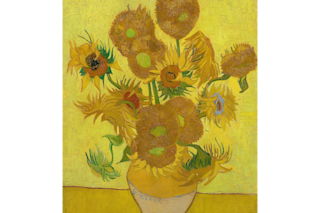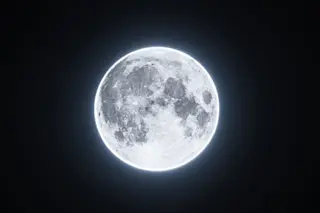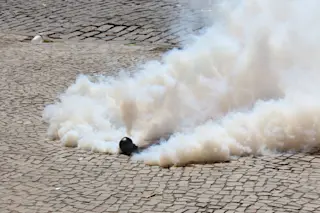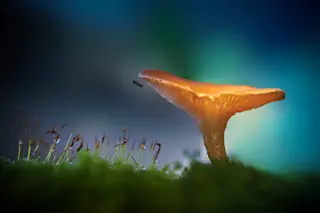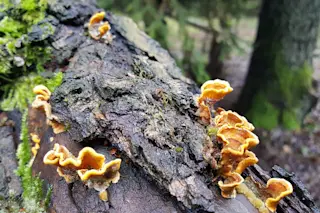This article appeared in the June 2021 issue of Discover magazine as "Fading Sunflowers and Screams." Subscribe for more stories like these.
If not for some mysterious Siberian lead or a contaminated vial of medicine, Vincent van Gogh’s Sunflowers might not exist, and the figure in Edvard Munch’s The Scream would have looked downright calm.
The discovery of two new elements — chromium and cadmium — at the turn of the 19th century led to a wealth of new yellow pigments. But in their excitement for the fresh, bold shades, painters didn’t realize that the colors might not last.
In recent years, conservation scientists have taken advantage of non-invasive imaging and high-energy X-rays produced by particle accelerators to understand just why these beautiful yellows have morphed into dark browns and sallow whites. Their findings are improving how museums store and display these delicate works of art, preserving the bright yellows ...


